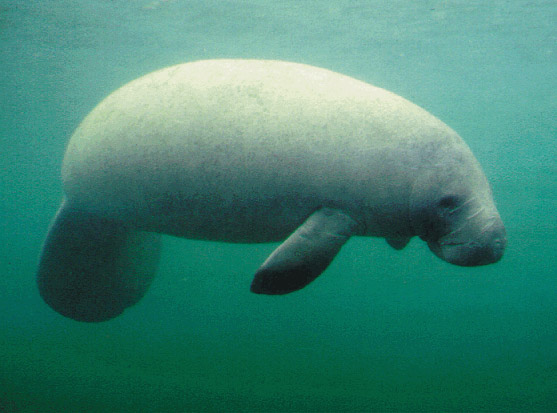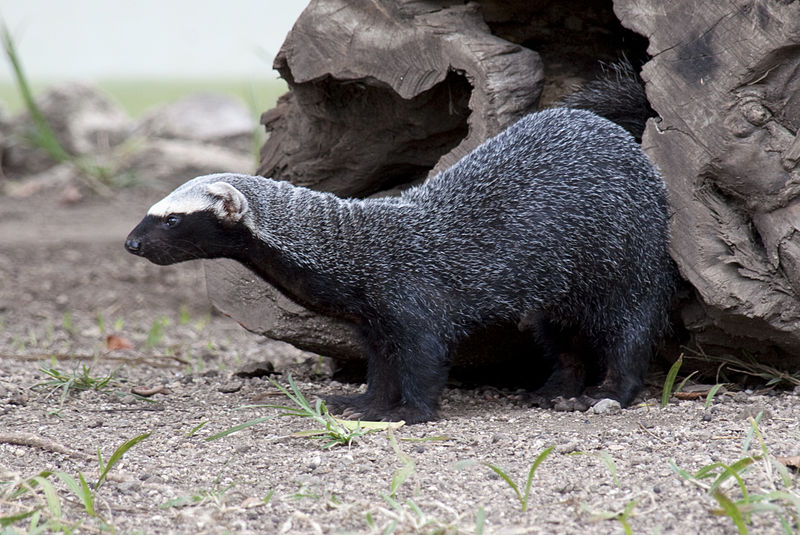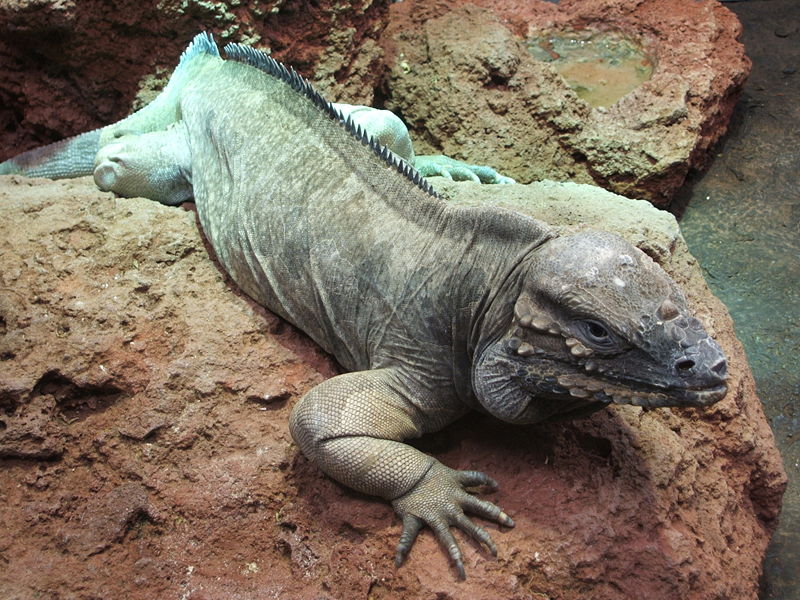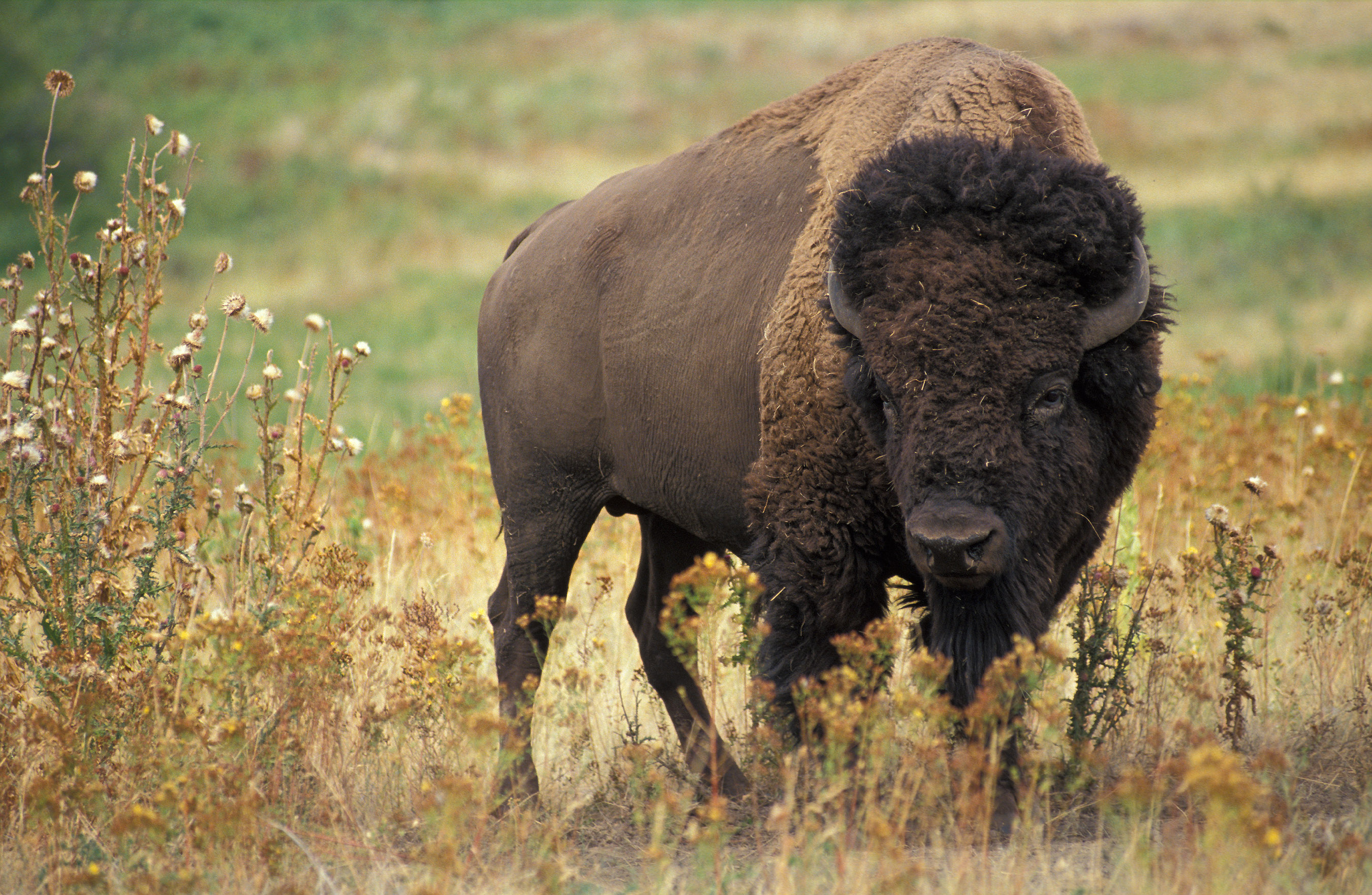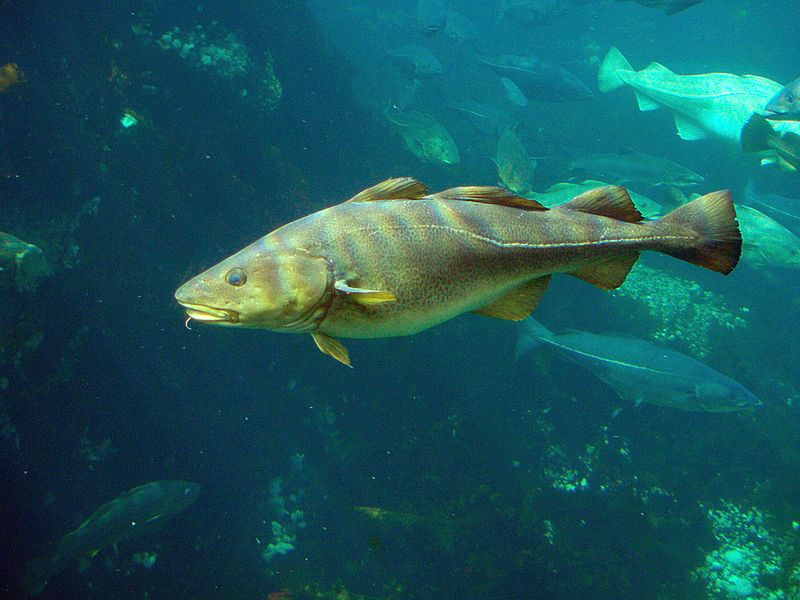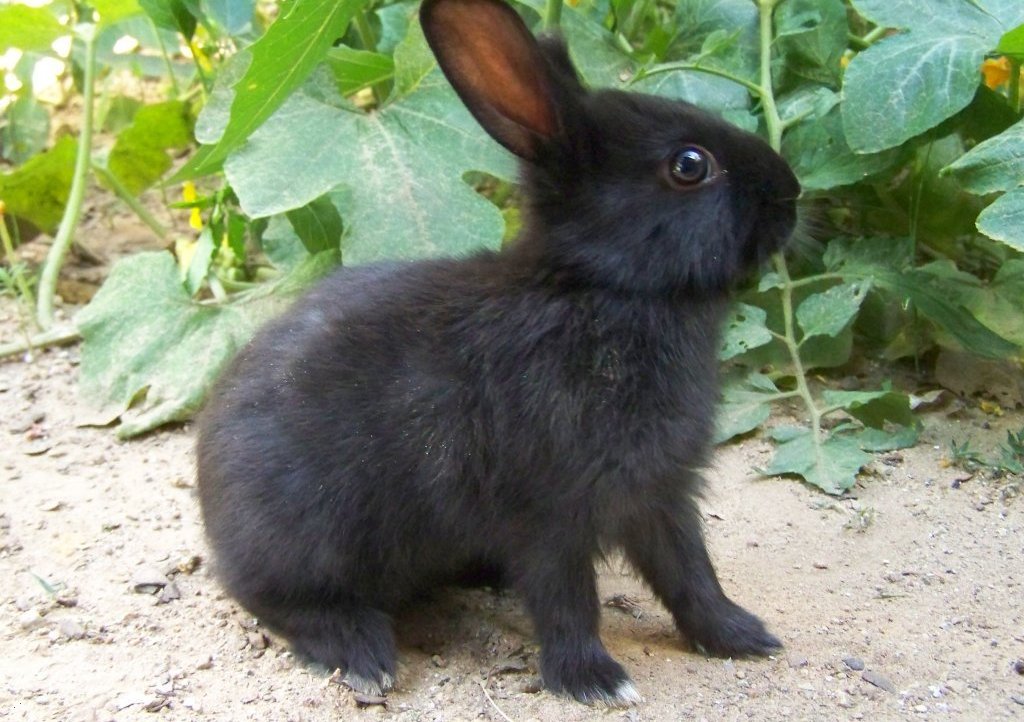
Since yesterday’s Wild Fact on the Goeldi Monkey was so much fun, I figured we would stick with the theme and study another primate today. This is why we are heading to Africa to track down the Potto, which is the largest member of the Loris family and just happens to a pretty exciting animal. Now I know you are excited to book your flight to Africa to check out these awesome creatures but you will need to narrow down your choice. The Potto can be found in the rainforest canopy from Guinea to Kenya as well as in Uganda and the Democratic Republic of Congo. No matter which country you choose though, I am willing to bet you will have a great time so let’s get going.
The Potto is definitely an unique animal that humans don’t completely understand yet. For example, they have a few characteristics that are a little perplexing. To start with they have bony projections around their neck, which is covered with a very sensitive skin. It is unclear the purpose of these bony projections but the best guess is they act as a defense mechanism for our furry little friend. This makes sense since if a Potto is threatened they tuck their head in exposing this shield and then begin swinging their head from side to side making “tough” Potto noises.

Besides their shield, the Potto also has some other adaptations including flexible ankle and wrist joints, opposable thumbs (not a big deal since we even have those), a vestigial index finger and my personal favourite, special blood vessels in their limbs. All of these traits allow the Potto to be an amazing tree climber. Wait! How can special blood vessels in the limbs help a primate climb a tree? Well, these blood vessels allow the Potto to grip trees for a longer period of time. I told you that was a pretty cool adaptation!
Potto Fast Fact – Although the Potto is adapted to a life in the trees, they tend to move through them pretty slowly. In fact, they will always have at least 2 feet (hands) gripping a branch as they move through the canopy. I guess this is why they need to have those specialized blood vessels.
Thanks for tuning in today to learn about the Potto. See you tomorrow for another Wild Fact!

